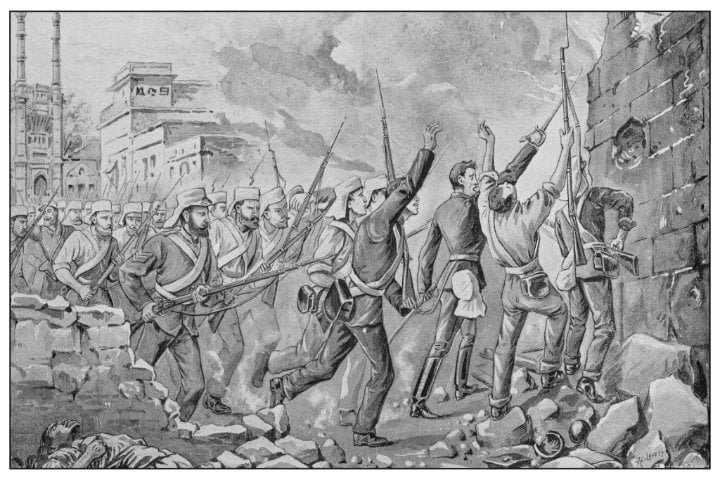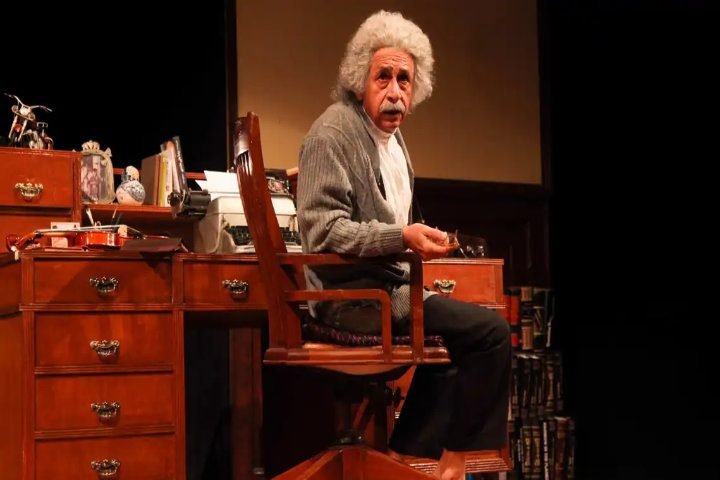- Concept of Socialization
- Media and Social Change
- Social Movements in India
- First War of Independence 1857
- Swadeshi Movement 1905
- Non-Cooperation Movement 1920
- Civil Disobedience Movement 1930
- Quit India Movement 1942
- Land Reform Movement in India
- Chipko Movement 1973
- Dalit Panther Movement 1972
- Mandal Commission Report and Caste-Based Reservation in India 1990
- Narmada Bachao Andolan 1985
- Right to Information Act (RTI) 2005
- India Against Corruption Movement (2011) and Lokpal Act (2013)
- India’s Awakening: The Nirbhaya Movement’s (2012) Impact
First War of Independence 1857
The First War of Independence in 1857 demonstrated India’s strength and unity in the face of oppression. This uprising, often seen as one of the first social movements in India, was more than a military battle. It was a cultural crusade, a collective expression of identity, and a firm statement that Indian society would no longer be passive.
In This Article
For the British, it was a mutiny, but Indians saw it as the first step towards freedom. Nonetheless, it was the watershed movement that ultimately led to the independence of India.
On March 29, 1857, sepoy Mangal Pandey fired at a British officer, and his fellow sepoy refused to arrest him. This led to his court-martial and subsequent death sentence. This was the precursor to the rebellion, that came to be known as India’s first war of independence 1857, which began on May 10, 1857.
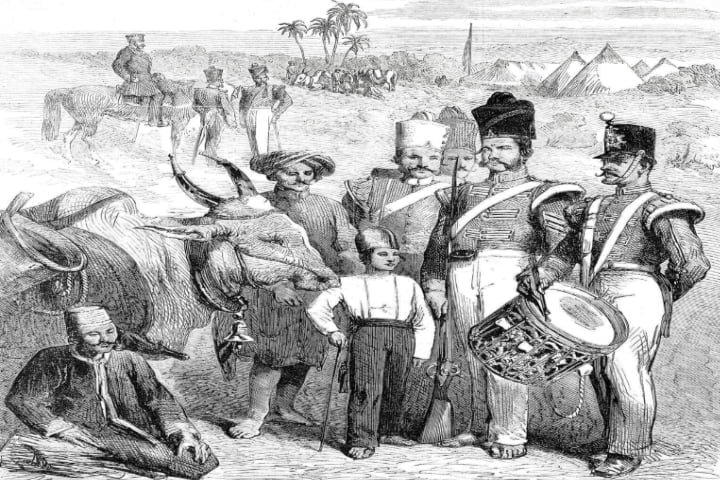
People in India have always valued culture, and in 1857, that culture was in danger. The policies and practices the British East India Company put in place were alien and often hurtful to the local way of life. This was a clear challenge to the traditional fabric that bound the diverse communities of India. Their shared identity was violated, and they refused to let it go.
A specific point of contention was the coating of grease on the cartridges, which was said to be made of pig and cow fat. This set off an eruption of increasing dissatisfaction.
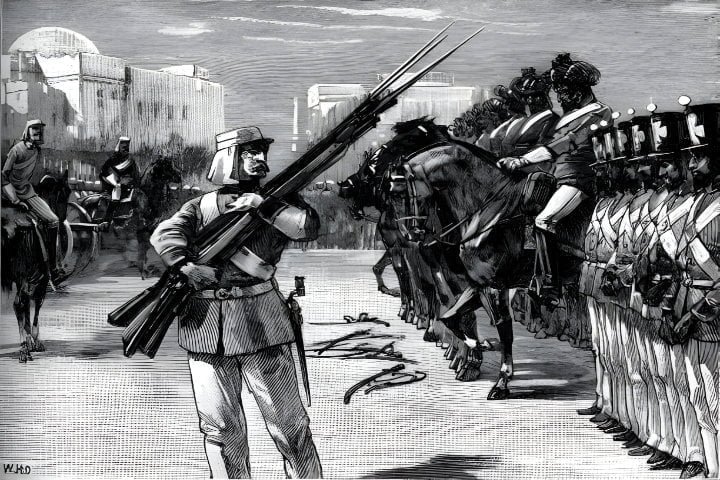
It symbolized the disregard for the deeply held religious beliefs of Hindus and Muslims. Beyond starting the war, this act brought people from two different cultures together around a shared cause.
Through these blatant disregards of Indian culture, the colonial rulers inadvertently revived a sense of Indian identity and reinforced the shared values and customs that had been nurtured through the centuries. It was this important cultural shift that made the First War of Independence as much about preserving culture as it was about political sovereignty.
Other important causes that led to the first war of independence 1857 were people’s discontentment with the land taxes taken by the British government, the seizure of many kingdoms and princely states by the British, and above all, people’s desire for freedom from foreign rule.

Indian soldiers of the East India Company revolted, and they marched to Delhi and declared Moghul King Bahadurshah Zafar, as the Emperor of Hindustan. The fire soon spread to Kanpur, Lucknow, Jhansi, Bareilly, and many other parts of the Gangetic heartland.
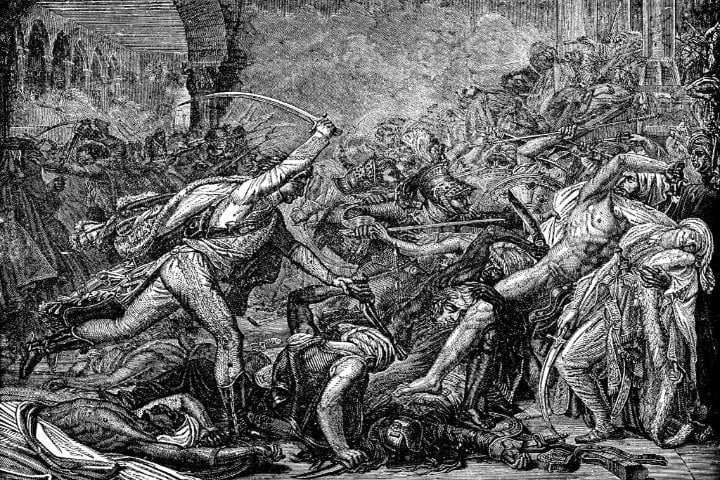
The Narmada-Ganga region was the focal point of the major battles fought by the rebels against the British. However, the impact was felt in far-off regions like South Maratha, South India, Gujarat, Rajasthan, and even North East India in the Khasi-Jaintia Hills and Cuchar.
Nana Saheb, Diwan Azimullah, Tantia Tope, Kunwar Singh, and Rani Laxmi Bai led the uprising’s storm centers. The unity that was displayed between the different communities during the uprising was quite remarkable.
The rebellion quickly drew in elites, labourers, farmers, and soldiers in addition to soldiers. They were all connected by the culture of India, which was in danger of disappearing. People used this conflict to show that outside forces could not destroy their rich cultural heritage.
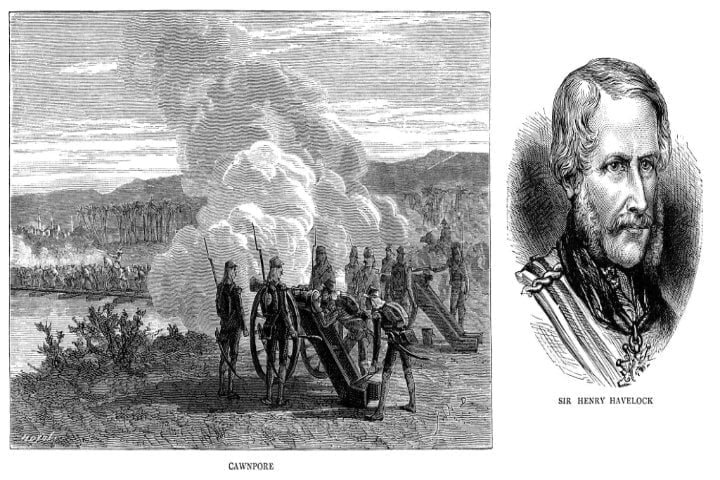
The British forces, however, emerged victorious, and Delhi fell into their hands on September 14, 1857, after a four-month-long battle. Bahadur Shah Zafar, who was declared the emperor at the beginning of the mutiny, was then exiled to Rangoon after a trial against him for sedition. Many of the royal princes and princesses lost their lives either while trying to escape or died in poverty.
The first war of independence in 1857 set the stage for many social movements in India that came after it. This was the start of a long journey for Indians to achieve cultural revival and political independence. This marked a period of transition that evoked a strong sense of cultural identity among Indians.
The war’s consequences extended well beyond the battlefields. They made their way into Indian art, literature, and even the very fabric of Indian culture. The bravery and solidarity of the people are seen in the folklore and songs of that era, which have led to a cultural awakening and preserved the spirit of the resistance through the years.
India’s journey to reclaim its story and write its own destiny began with this awakening. This uprising was a watershed moment because it symbolized the cultural, spiritual, and emotional ethos of the Indian people.
The CUET UG 2024 Mass Media and Communication syllabus contains this topic under the Communication section.

